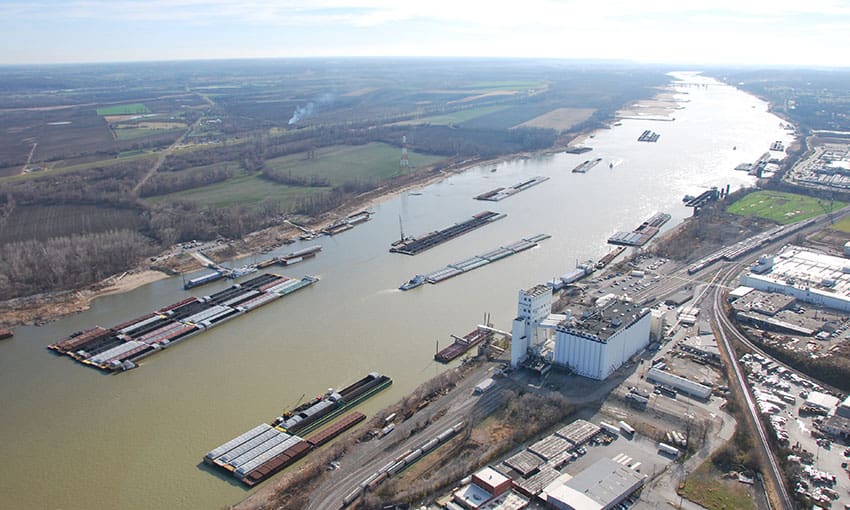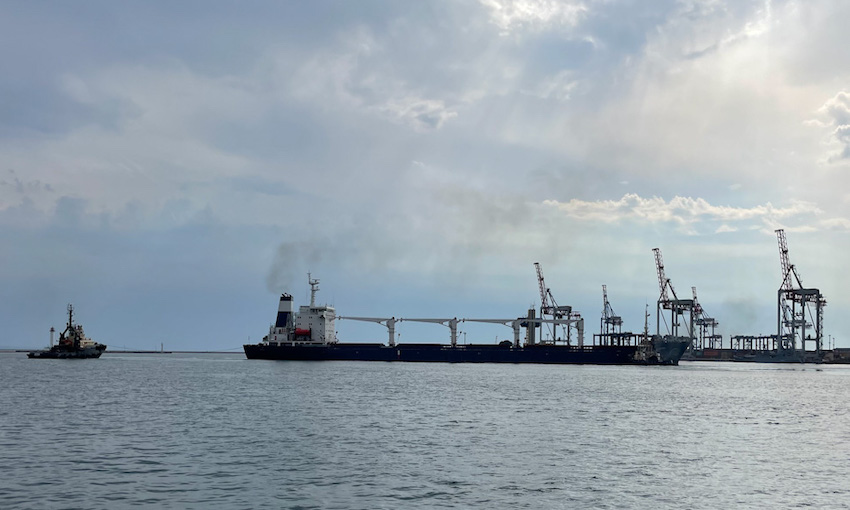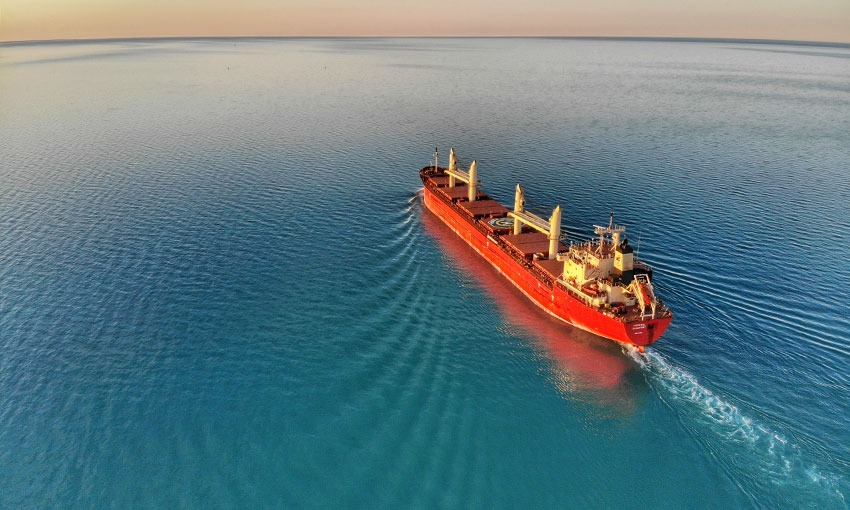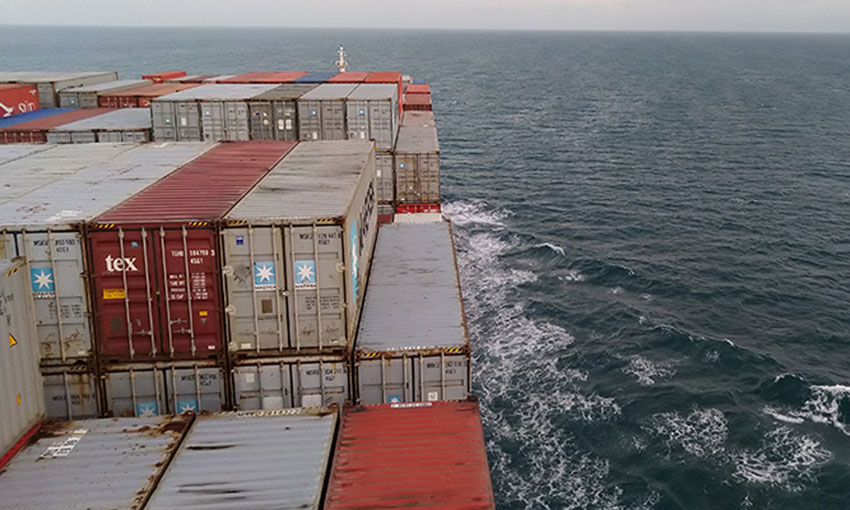PROLONGED drought in several parts of the world is threatening established shipping routes.
The Panama Canal Authority recently lowered the number of ships that can transit the canal each day. Currently, only about 30 transits per day are allowed, down from the normal 40 transits, causing queues of ships at the entry points. Furthermore, draft limits are in place, which severely restrict the maximum carrying capacity of the Neopanamax ships (ships that can transit the enlarged set of locks built in 2016, i.e., a 14,000-TEU container ship)
Six per cent of global shipping trade passes through the canal, which connects the Atlantic and Pacific oceans. More than 14,000 ships transited through the canal in 2022.
Containerships are the most common users of the canal and transport more than 40 per cent of consumer goods traded between north-east Asia and the US East Coast.
Rain problems
Rainfall is about 30 to 50 per cent below normal levels and the area around the canal is experiencing one of the two driest years in the country’s 143 years of keeping records, according to data from the Smithsonian Tropical Research Institute (STRI).
The declaration of the El Niño climate pattern is likely to restrict the number of transits going forward, as there is no significant rainfall forecast until at least the next wet season (May to January).
Each time a ship passes through the sets of locks an amount of water equivalent to 80 Olympic swimming pools is drained from the Gatun Lake, the main source of water in the 50-mile-long canal.
Prolonged restrictions could lead to shippers evaluating their supply chains and rerouting their cargo. The Suez Canal routing is 1800 nautical miles longer (from Shanghai to New York), but the distance from South China is less than 400 nautical miles longer, and South East Asia is actually closer via the Suez. Another option is using US West Coast ports and land-bridge containers to the East Coast.
The less-mighty Mississippi
The Panama Canal is not the only shipping route which has restrictions due to low water levels.
The Mississippi River, an important inland water in the US, accounts for the transport of 92 per cent of the nation’s agricultural exports and 78 per cent of the world’s feed grains and soybeans. It also houses some of the biggest ports in the U.S., like the Port of Louisiana and the Port of New Orleans. A key stretch of the lower Mississippi River dropped recently to within inches of its lowest-ever level and is expected to remain near historic lows just as the busiest U.S. grain export season gets underway.
Low water levels have slowed hauling of export-bound corn and soybean barges over recent weeks as shippers lightened loads to prevent vessels from running aground. They have also reduced the number of barges, they haul at one time to navigate a narrower shipping channel. These actions are driving up freight costs.
Rhine levels falling
In Europe, similar issues are causing concern. The extended drought in Europe is threatening shipments carried on the continent’s rivers, due to falling water levels.
The river Rhine, an important trade route that runs through Germany via European cities to the port of Rotterdam, has become shallower at critical points. As water levels go down, a vessel’s capacity reduces and shipping costs rise, with prices increasing as rivers become shallower.
Goods like oil, chemicals, coal and grains are shipped on the Rhine and water levels fell so low that some vessels sailed only a quarter full in August last year.
Switching to other modes of transport is an option, but it is expensive. A large Rhine barge of about 135 metres long with a draft of 3 metres (the barge’s maximum draught on the river) can carry around 2700 tonnes of freight. It would take about 100 large trucks to transport the same load via road.
The ripple effect of shallow rivers can be substantial, as whole economies depend on this relatively low-cost, and environmentally friendly, mode of transportation. If sustained over longer periods, due to climate change, these issues could lead to major upheavals in maritime supply chains and add significantly to the cost of transporting goods to the consumer.




